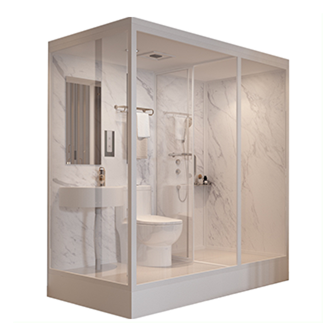Dec . 07, 2024 14:49 Back to list
ultra clear float glass
The Age of Ultra Clear Float Glass A Modern Marvel in Architecture and Design
In recent years, the architectural and design landscapes have witnessed a remarkable transformation, largely fueled by the advent of ultra clear float glass. Unlike traditional glass, which often contains impurities and a greenish tint, ultra clear float glass is engineered to achieve a high level of transparency and clarity. This innovation not only enhances the aesthetic appeal of structures but also serves numerous practical purposes across various applications.
What is Ultra Clear Float Glass?
Ultra clear float glass is manufactured using a specialized process that reduces the iron content in the glass, resulting in a much purer product. The standard float glass production method involves floating molten glass on molten tin to create a flat surface. However, by controlling the composition of raw materials, manufacturers can produce glass with lower levels of iron oxide, thereby enhancing its clarity. The result is a product that transmits light more effectively, resulting in increased transparency and minimal color distortion.
Applications in Architecture
The architectural industry has embraced ultra clear float glass for its ability to create visually stunning spaces. Large glass facades, skylights, and curtain walls made from this type of glass allow natural light to fill interiors, reducing the need for artificial lighting and energy consumption. The unobtrusive quality of ultra clear glass creates a seamless transition between the inside and outside of a building, fostering a connection with nature that many contemporary designs prioritize.
Moreover, ultra clear float glass is often used in high-end residential projects, commercial buildings, and museums, where visibility and elegance are paramount
. Its ability to enhance views without compromising safety or structural integrity makes it a favored choice among architects and designers striving for a minimalist aesthetic.Benefits of Ultra Clear Float Glass
ultra clear float glass

1. Enhanced Visibility The primary advantage of ultra clear float glass is its superior optical performance. It allows for high light transmission, creating a brighter atmosphere both inside and outside the building. This aspect is crucial for spaces that rely on natural light.
2. Design Flexibility Given its lighter appearance and frameless look, ultra clear float glass enables architects to achieve innovative design solutions. This flexibility allows for larger glass panels and unique shapes, further pushing the boundaries of modern architecture.
3. Thermal Efficiency Ultra clear float glass often comes with the option of special coatings that enhance its thermal performance. These coatings can help in insulating buildings, contributing to energy efficiency and creating comfortable indoor environments.
4. Sustainability Aspect The use of glass in construction is typically associated with sustainability when compared to other materials. The fact that it can be recycled repeatedly without loss of quality adds to its appeal as a construction material in an age where environmental awareness is paramount.
Challenges and Solutions
Despite its many advantages, ultra clear float glass is not without challenges. It is more susceptible to scratches and may require special treatments or laminations to enhance its durability. Fortunately, advancements in coating technologies have led to the development of scratch-resistant surfaces that mitigate these concerns, ensuring that the glass retains its pristine condition over time.
Conclusion
Ultra clear float glass represents a significant advancement in materials technology, catering to the evolving demands of modern architecture and design. Its striking transparency, coupled with performance benefits, positions it as a premium choice for both residential and commercial projects. As we continue to explore the possibilities of this material, we can anticipate further innovations that will enhance our living and working environments, making ultra clear float glass not just a functional product, but a cornerstone of contemporary design. Whether used for grand facades or subtle interior accents, ultra clear float glass is undoubtedly shaping the future of architecture.
-
Safety and Style with Premium Laminated Glass Solutions
NewsJun.24,2025
-
Reinvents Security with Premium Wired Glass
NewsJun.24,2025
-
Premium Float Glass Line for Modern Architecture
NewsJun.24,2025
-
Low Emissivity Glass for Energy-Efficient Architecture
NewsJun.24,2025
-
High-Performance Insulated Glass Solutions for Modern Architecture
NewsJun.24,2025
-
Elevates Interior Style with Premium Silver Mirror
NewsJun.24,2025
Related PRODUCTS














